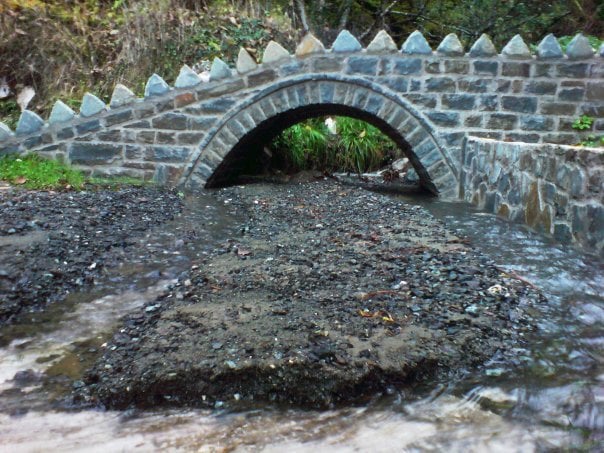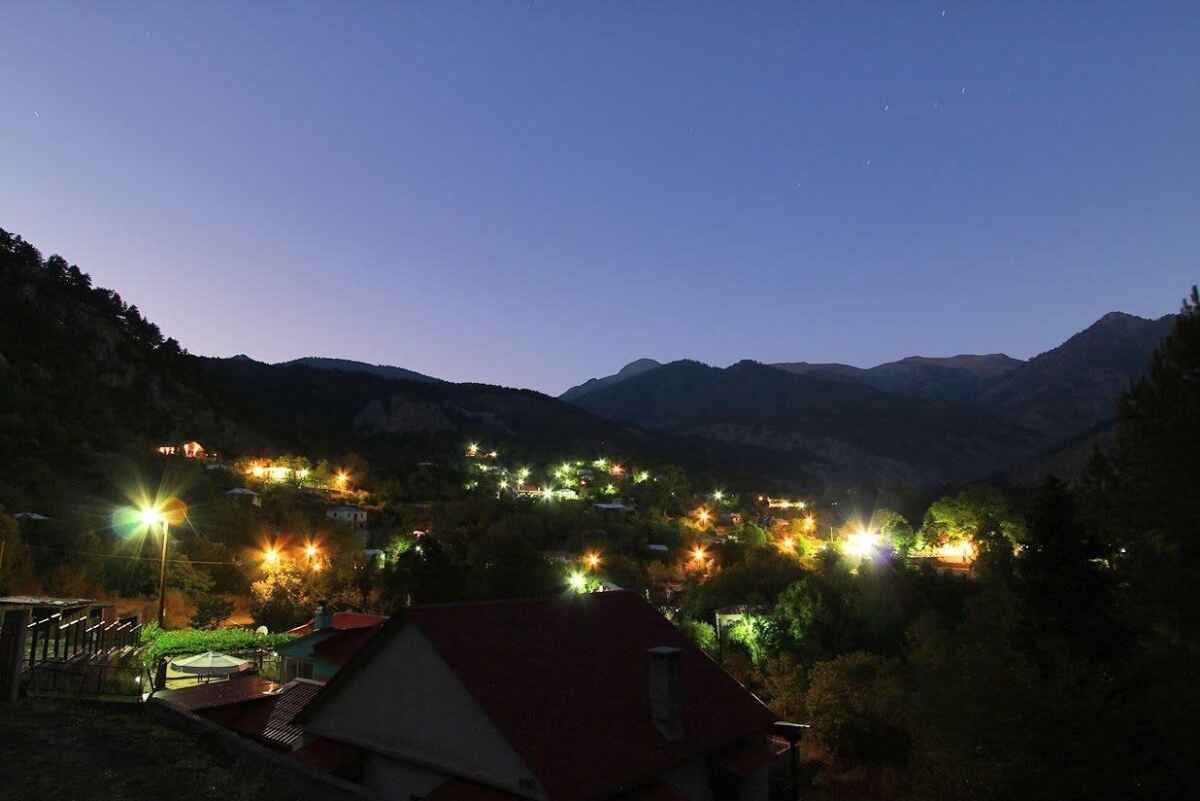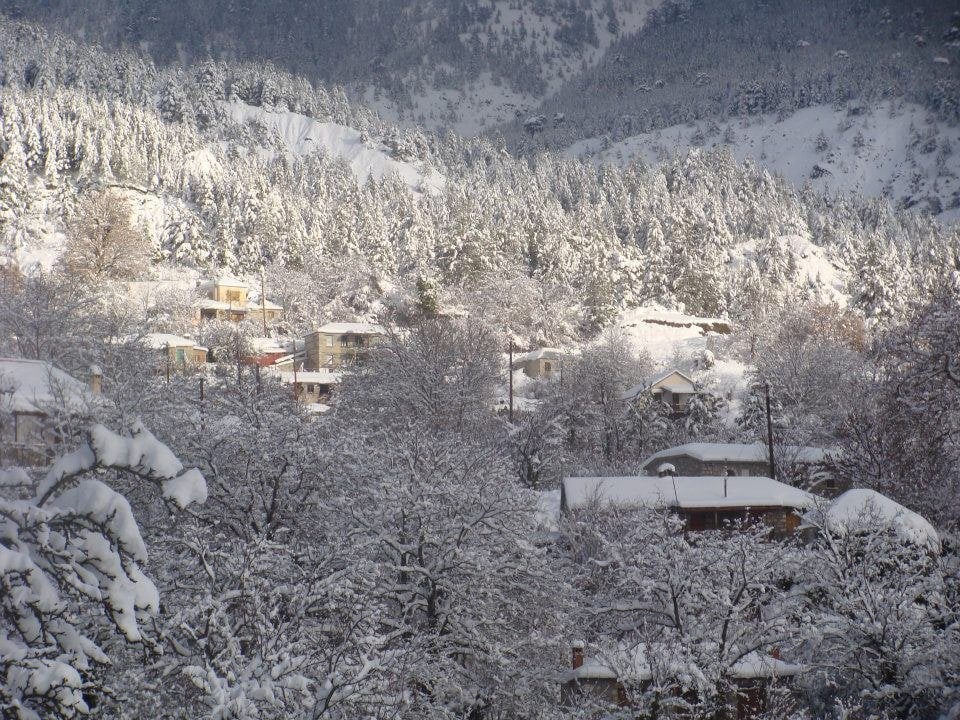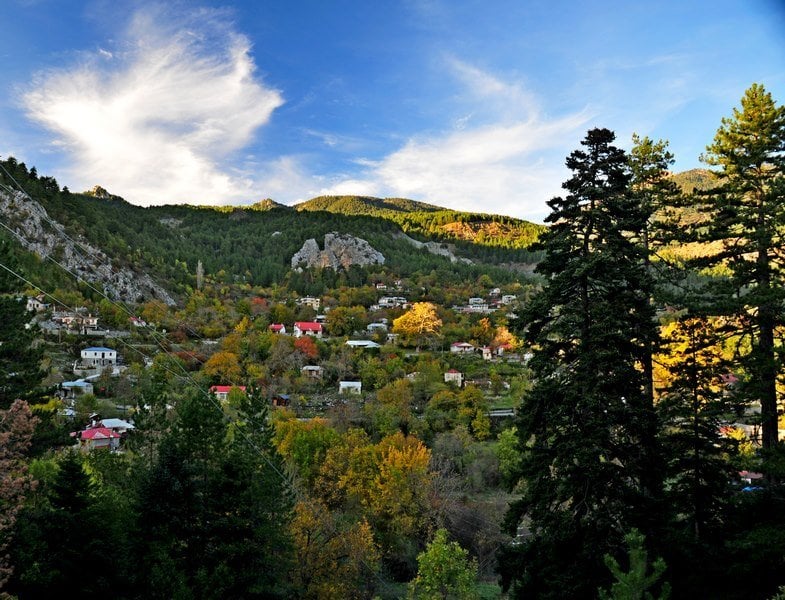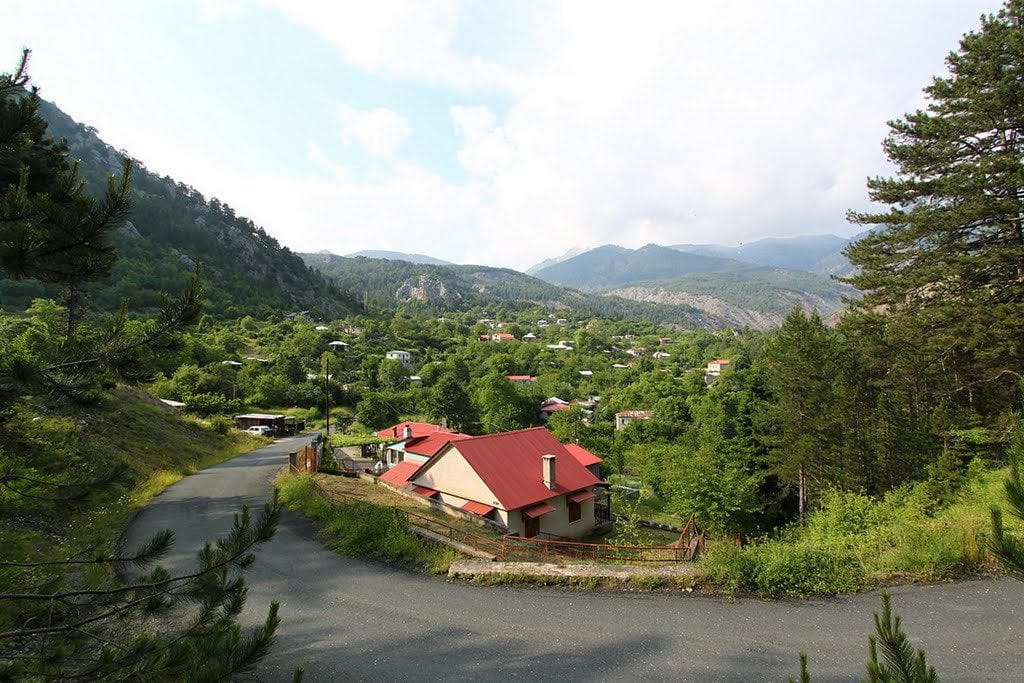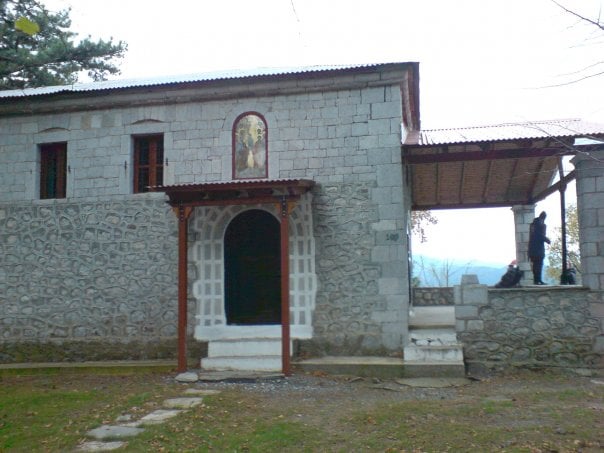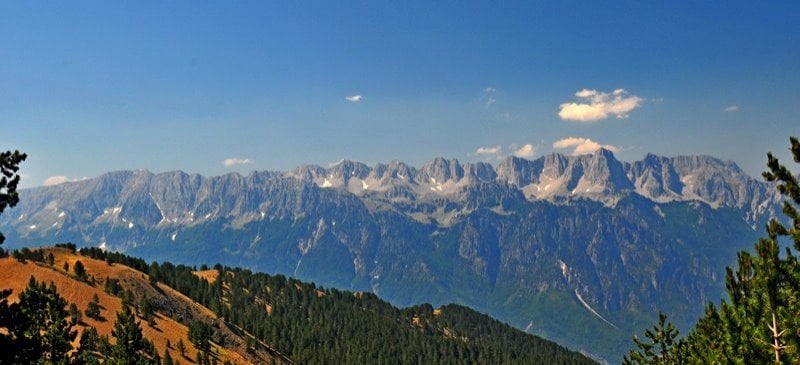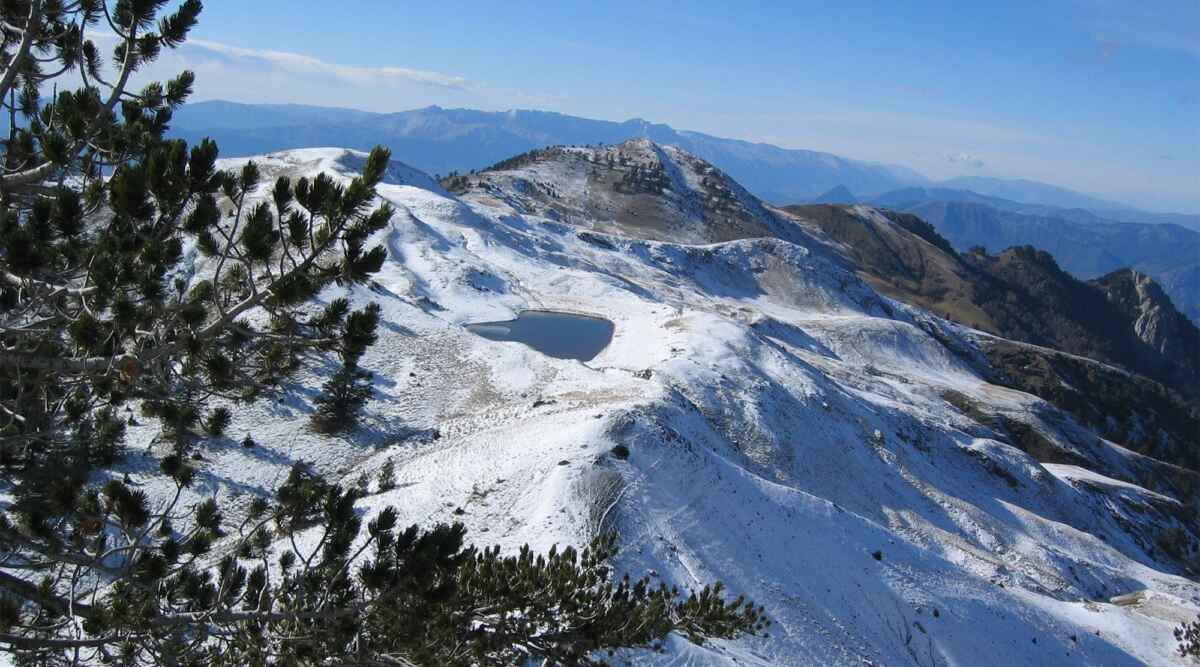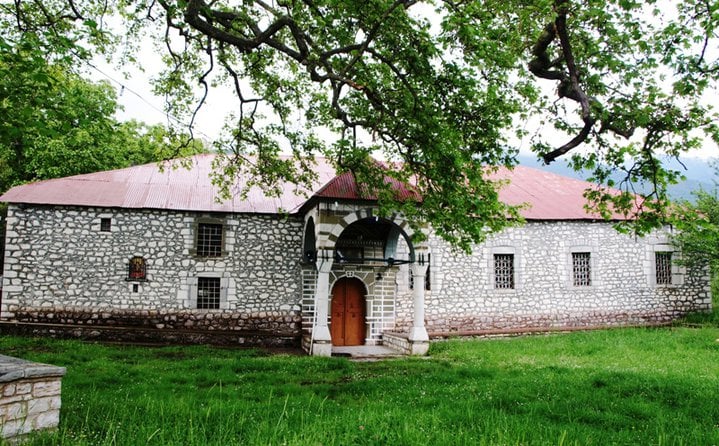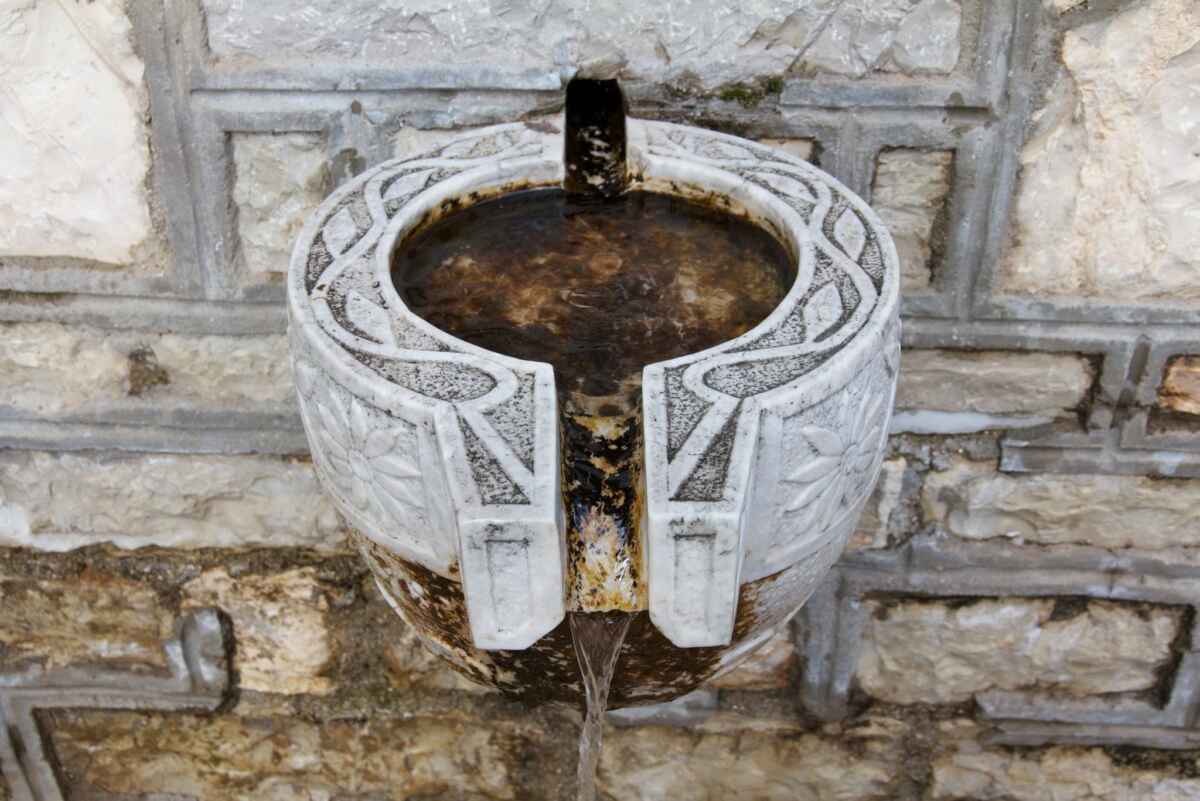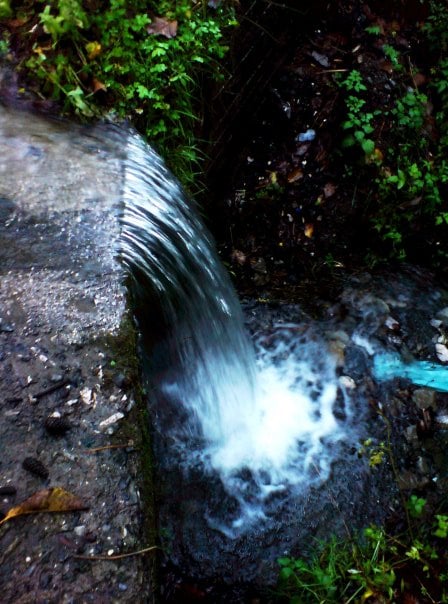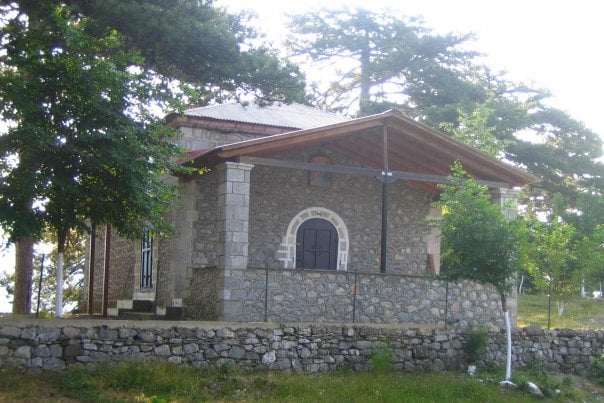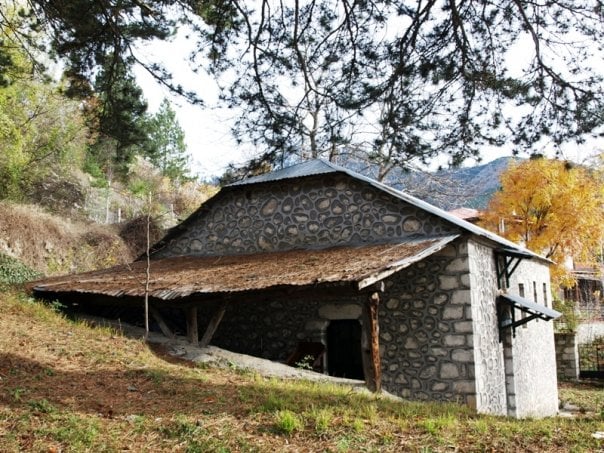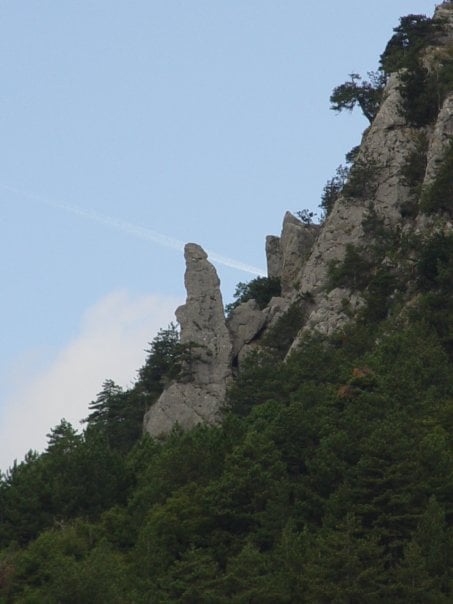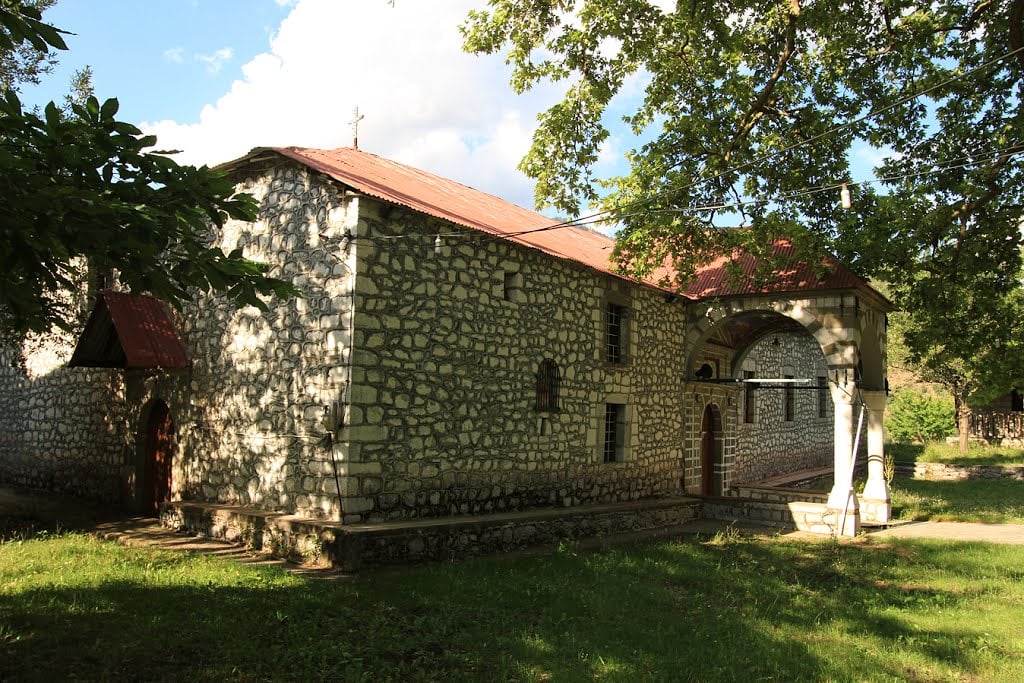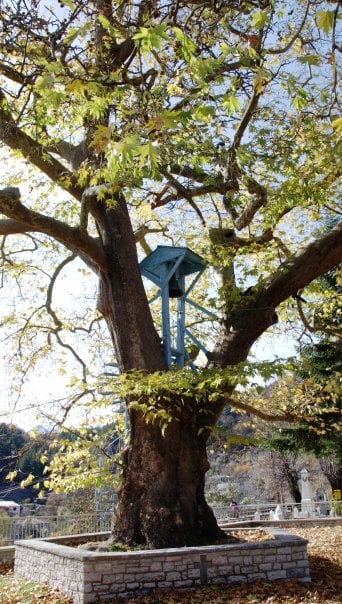Pades is built on the southern slopes of Smolikas and at an altitude of 1150m. It is surrounded by rich oak, black pine and spruce forests. Above the village there is a rocky cliff that looks like an old woman and it is called “Mossia” (meaning old woman in Vlach). It is a spectacle that is not easily found anywhere else and is one of the sights of the village.
The village of Pades is 30 km away from Konitsa, 3.5 km from Paleoselli and 30 km from the ski resort of Vasilitsa. The name of the village derives from the ancient Greek word Pados (= oak, beech) and the Latin one Padus (= pine). The inhabitants of the village, apart from farmers and stockbreeders, were lumberjacks, merchants and saddlers.
Pades have a breathtaking view of the mountain range of Gkamila. It is a village with plenty of cool waters, rich flora and fauna and a favorable climate for holidays.
In addition, it is an ideal place of escape because it combines the ascent to the 2nd highest peak of Greece, Smolikas, via the O3 (National Mountaineering Trail) with the lake of Drakolimni (in the shape of a heart) and the rare alpine newts that live in its waters. Also, the traveler can enjoy the descent to river Aoos for fishing and canoeing through wonderful routes and have the chance of climbing the overlying rocks of the village.
At the same time, the churches and the old watermills cannot go unnoticed. The church of the Assumption of the Virgin, in the shape of a basilica of 1784 with hagiographies and high art murals that are spread throughout the church, is admirable. Also noteworthy is the bell tower which is located on the ancient plane tree in the churchyard. Other sights of the village are: Agios Nikolaos at the entrance of the village, Panagia at the lower neighbourhood of the village, Agios Dimitrios, the old church of Profitis Ilias (where the homonymous festival took place on July 20), Agioi Apostoloi next to the public road where the festival takes place on June 30, as well as the old watermills in Milopotamos.
Pades celebrates on the 15th of August, with a three-day traditional feast. A special feast is held every year during the Carnival with the burning of the “Pouarka” and the cooking of the bean soup. There are hostels and taverns to enjoy traditional food.

